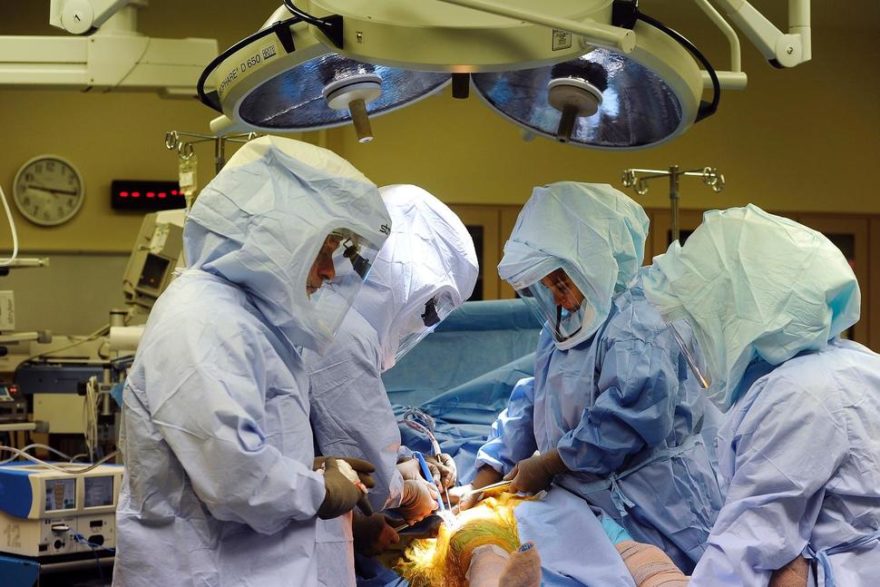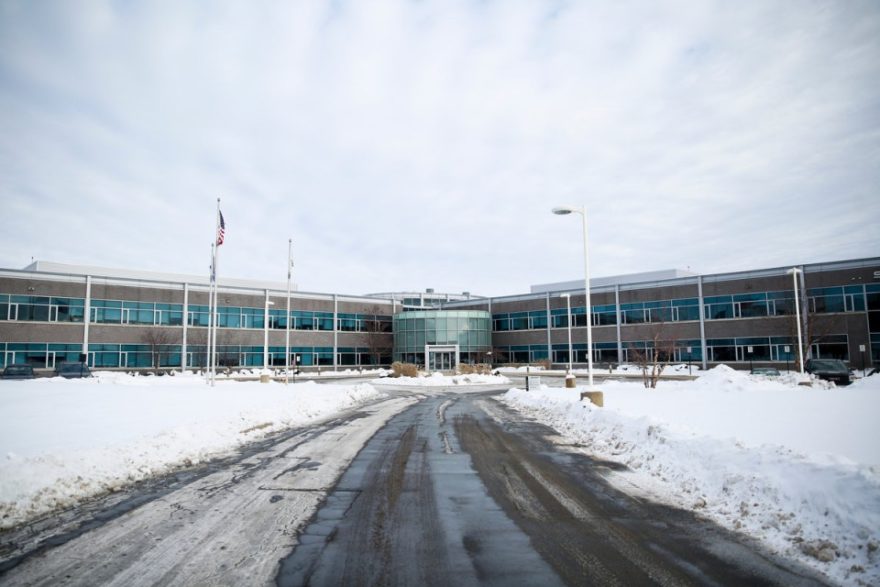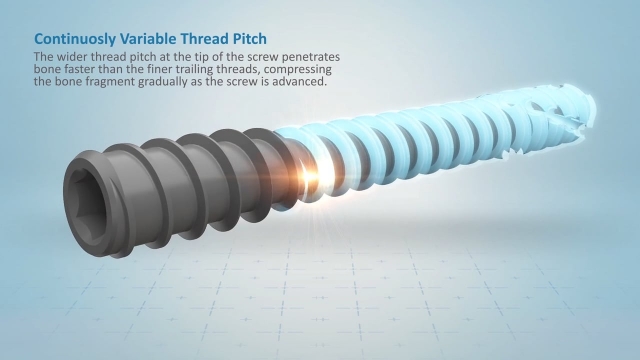December 21, 2016
ERAGNY-SUR-OISE, France–(BUSINESS WIRE)–Regulatory News:
SAFE ORTHOPAEDICS (Paris:SAFOR) (FR0012452746 – SAFOR), a company offering innovative ranges of sterile implants combined with their single-use instruments, announces the appointment of its Scientific Advisory Board (SAB), made up of four renowned European back surgeons. The SAB will provide high-level advisory support and its main tasks will be to:
- Identify and assess trends in back surgery, particularly MIS, percutaneous, fast-track and ambulatory techniques;
- Define the Safe Orthopaedics strategic technical plan and study program.
Pierre Dumouchel, Chief Executive Officer and Co-Founder of Safe Orthopaedics, commented: “With our technological leadership in single-use instruments for back surgery, Safe Orthopaedics has brought together some of Europe’s leading back surgeons to form its Scientific Advisory Board. This Scientific Advisory Board is another key milestone to accelerate the adoption of our innovations as part of the established surgical practice and to make back surgery safer and easier, particularly through minimally invasive techniques.”
“Each member of the committee has internationally acknowledged spinal know-how, and their skills complement each other well. Their vision and expertise will help us define our future programmes,” added Thomas Droulout, Chief Technical Officer and Co-Founder of Safe Orthopaedics. “It is vital to take into account the specific features of various countries when devising development plans suited to current trends. By working with internationally renowned experts, Safe Orthopaedics is also ensuring the relevance of its clinical trials in the next three years.”
The SAB will be meet several times each year, and its members are:
- Dr Jörg Franke, orthopaedic surgeon at Klinikum Magdeburg in Germany;
- Dr Antonio Faundez, orthopaedic surgeon at La Tour hospital in Geneva-Meyrin, Switzerland;
- Dr Steven Van Gaalen, orthopaedic surgeon at Diakonessenhuis hospital in Utrecht, the Netherlands;
- Prof Jean-Charles Le Huec, orthopaedic surgeon and head of the orthopaedics-spinal trauma unit at Bordeaux university hospital in France.
On behalf of the Scientific Committee, Prof Jean-Charles Le Huec said: “It is an honour to join the Scientific Advisory Board of Safe Orthopaedics, a company that, since it was founded, has constantly innovated and devised new, safer and more effective solutions for surgeons. Safe Orthopaedics’ model fits perfectly with the trend towards fast-track surgery, which involves major efforts to make the surgical process more efficient. The company also wants to revolutionise the treatment of spinal fractures using minimally invasive solutions, combined with single-use and always available instrumentation, to make patient care easier and reduce the risk of infection.”
About Safe Orthopaedics
Founded in 2010, Safe Orthopaedics is a French medical technology company that develops and markets an innovative range of sterile implants and associated single-use surgical instruments, with the aim of facilitating safer, optimized and lower-cost spinal surgery. By avoiding the reuse of surgical instruments, Safe Orthopaedics reduces the risk of infection, avoids the cumbersome and unreliable logistics of instrument sterilization, and limits hospital costs. Protected by 17 patent families, the SteriSpine™ Kits are CE-marked and FDA cleared. The company is based at Eragny-sur-Oise (France), and has 34 employees.
For more information, visit: www.SafeOrtho.com
Contacts
Safe Orthopaedics
Thierry Lambert, Tél. : +33 (0)1 34 21 50 00
CFO
investors@safeorthopaedics.com
or
NewCap
Investor Relations
Julien Perez / Valentine Brouchot
Media Relations
Nicolas Merigeau
Tél. : +33 (0)1 44 71 94 94
mailto: SafeOrtho@newcap.eu









